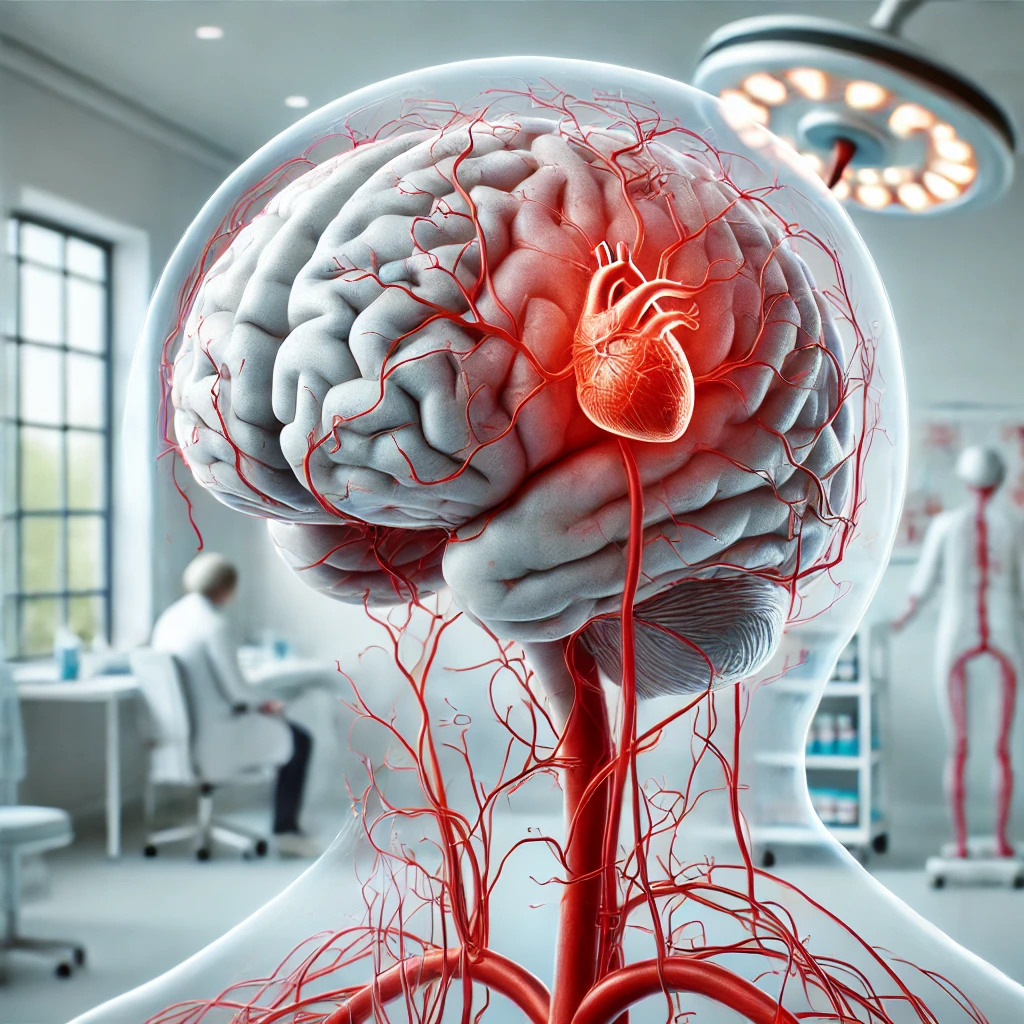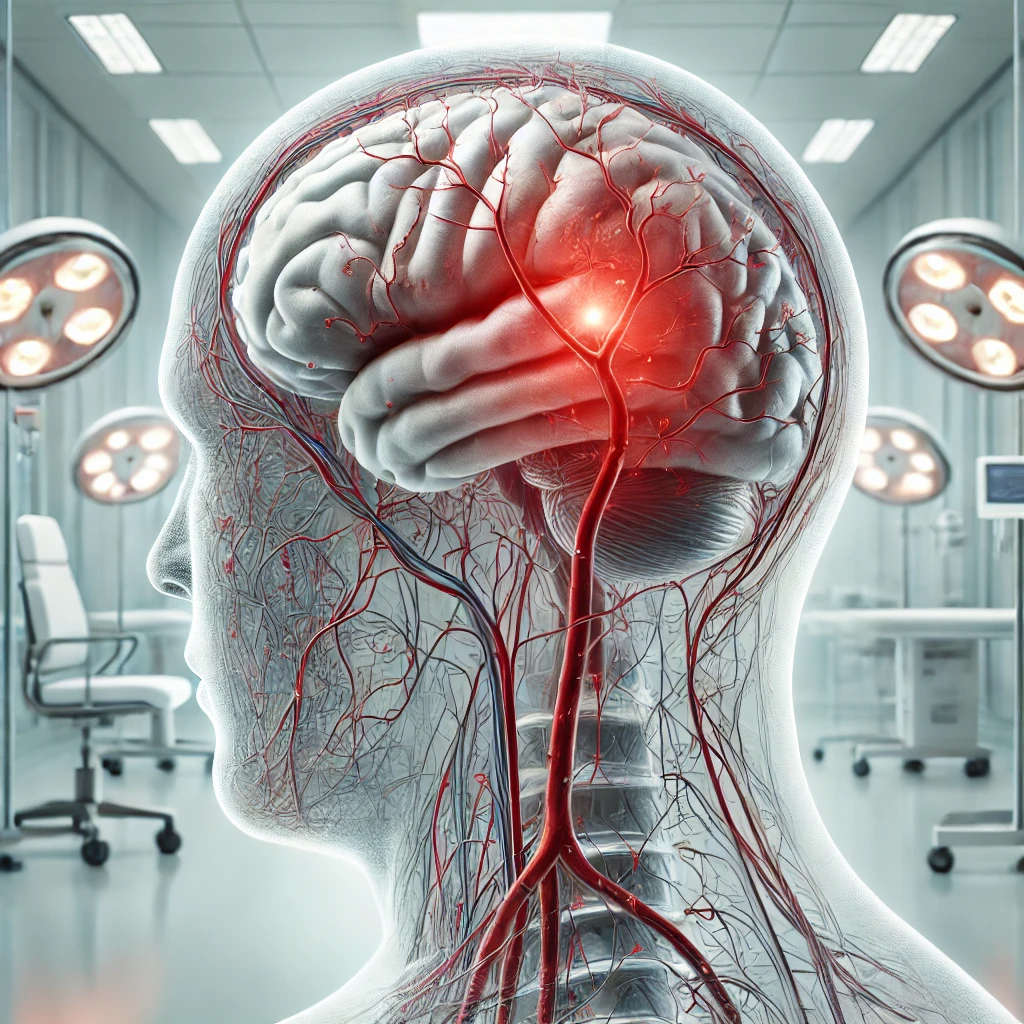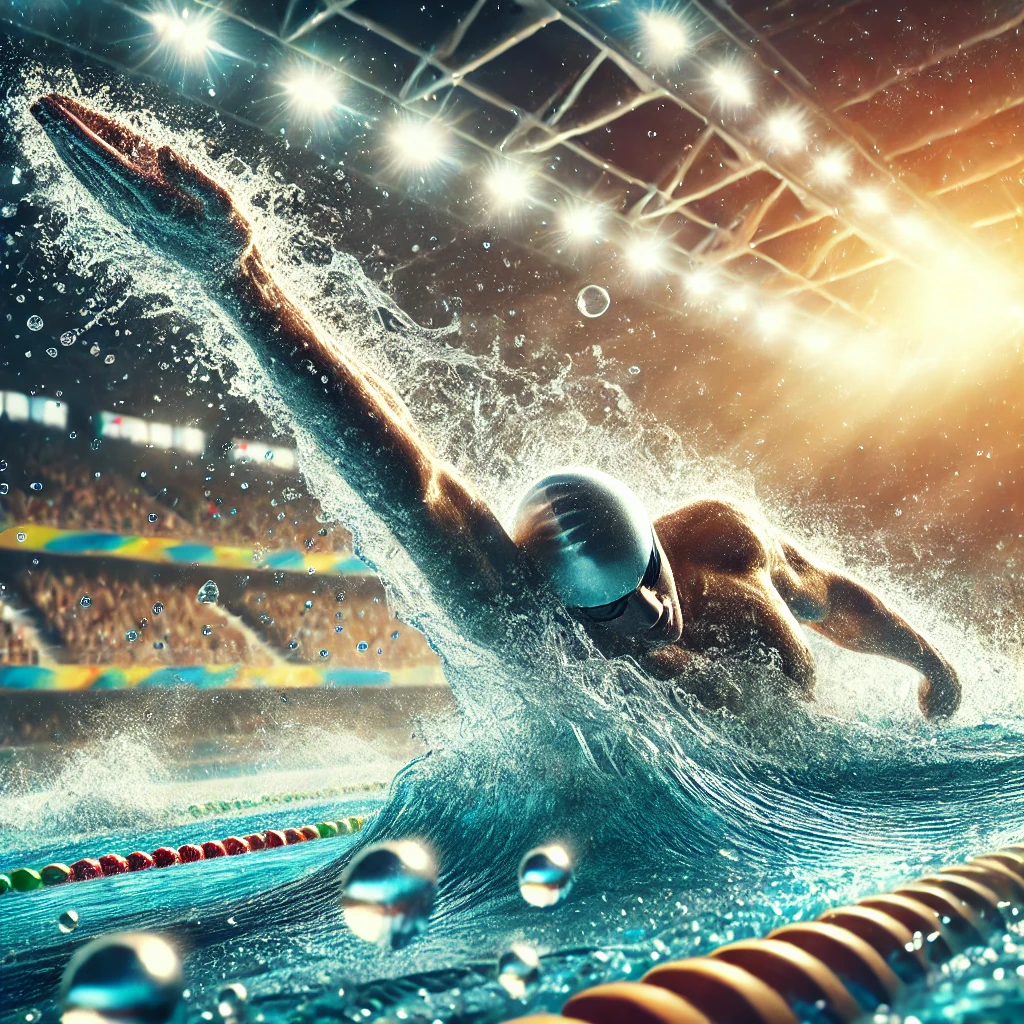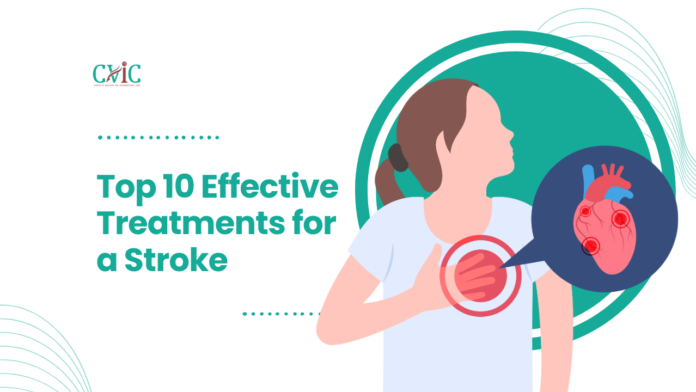A stroke is a medical emergency that requires immediate attention. Understanding what are treatments for a stroke can make a significant difference in saving lives and improving outcomes. Whether you’re seeking information for prevention, recovery, or helping a loved one, this guide covers all aspects of stroke treatment.
In this blog, we’ll discuss medical procedures, medications, lifestyle adjustments, and therapies designed to treat a stroke effectively. Stay informed and prepared to handle this critical situation.
Understanding Stroke and Its Types
Before diving into the treatment options, it’s essential to understand the types of strokes:
- Ischemic Stroke: Caused by a blood clot blocking blood flow to the brain.
- Hemorrhagic Stroke: Occurs when a blood vessel bursts, leading to brain bleeding.
- Transient Ischemic Attack (TIA): Often called a mini-stroke, it’s a temporary blockage with no lasting damage.
The treatment approach depends largely on the type of stroke. Let’s explore what are treatments for a stroke for each category.

Also Read: 7 Essential Steps to Help Prevent a Brain Aneurysm
Emergency Treatments for a Stroke
1. Administering Clot-Busting Medications (Ischemic Stroke)
For ischemic strokes, medications like tPA (tissue plasminogen activator) are administered to dissolve blood clots and restore blood flow. The medication is most effective when given within three hours of the onset of symptoms.
2. Endovascular Procedures
In some cases, doctors use advanced techniques like thrombectomy, where a catheter is inserted into the blocked artery to remove the clot. This is a game-changer in stroke care, especially when performed promptly.
3. Controlling Bleeding (Hemorrhagic Stroke)
For hemorrhagic strokes, treatment focuses on stopping the bleeding and reducing pressure on the brain. This may involve:
- Surgical procedures to repair damaged blood vessels.
- Medications to lower blood pressure and prevent seizures.
Also Read: What Treatment Options Are Available for Neurological Disorders?
Post-Stroke Rehabilitation
4. Physical Therapy
Physical therapy helps stroke survivors regain mobility and strength. Therapists focus on exercises tailored to improve coordination, walking, and overall functionality.

5. Speech Therapy
Many stroke patients experience difficulty speaking or swallowing. Speech therapy aids in rebuilding communication skills and managing swallowing disorders.
6. Occupational Therapy
Occupational therapy helps patients relearn daily tasks like dressing, cooking, or writing, fostering independence and improving quality of life.
Lifestyle Adjustments and Preventative Measures
7. Managing Underlying Conditions
Controlling risk factors like high blood pressure, diabetes, and high cholesterol is crucial. Medications and lifestyle changes are often prescribed.
8. Diet and Exercise
A healthy diet rich in fruits, vegetables, whole grains, and lean proteins, combined with regular exercise, can prevent future strokes.
9. Quitting Smoking and Alcohol
Smoking and excessive alcohol consumption increase stroke risk. Quitting these habits is vital for recovery and prevention.
Also Read: Who is at Risk for Developing Peripheral Artery Disease (PAD)?
Cutting-Edge Treatments and Innovations
10. Stem Cell Therapy
Emerging treatments like stem cell therapy show promise in repairing brain damage caused by strokes. Research in this field is ongoing, offering hope for more effective solutions.
11. Wearable Technology
Devices that monitor vital signs and provide real-time feedback are becoming an integral part of stroke management and recovery.

FAQs
What is the first step in treating a stroke?
Immediate medical attention is crucial. Call emergency services as soon as stroke symptoms are noticed.
Can stroke effects be reversed?
Prompt treatment can reduce the damage. Rehabilitation helps regain lost abilities, though some effects may be permanent.
How long does stroke recovery take?
Recovery varies by individual, depending on the stroke’s severity and the patient’s overall health. It may take weeks, months, or years.
What are treatments for a stroke at home?
Home treatments focus on rehabilitation exercises, dietary changes, and adhering to medication schedules prescribed by a doctor.
Are there alternative therapies for stroke recovery?
Acupuncture, yoga, and meditation may complement conventional therapies, but they should be discussed with a healthcare provider.
Can strokes be prevented?
Yes, managing risk factors like high blood pressure, maintaining a healthy lifestyle, and regular check-ups can prevent strokes.
Conclusion
Understanding what are treatments for a stroke empowers individuals and caregivers to act swiftly and effectively. With advancements in medical technology and a focus on holistic recovery, stroke outcomes are improving every day. Prevention through a healthy lifestyle and prompt response during emergencies remain key to tackling strokes effectively.




